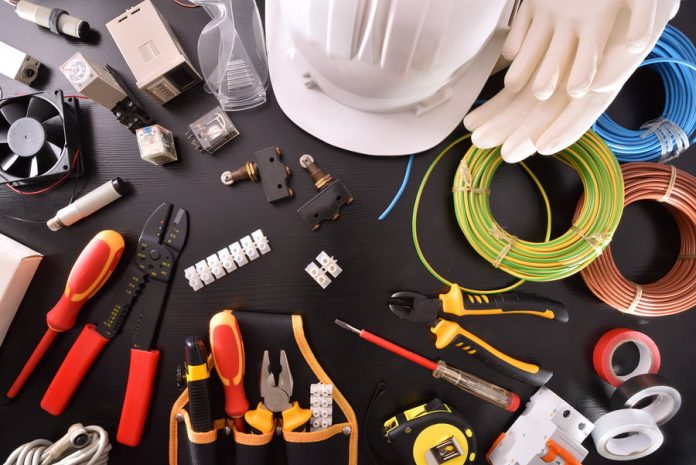We have mostly installed wireless solutions but we’re starting to get into a few hardwired commercial applications. Running cable for these can be very tricky. Something we find is that using fish tape is tricky, too. Trying to wrangle fish tape, a cable that keeps jumping out of the eye of the tape – every run takes a dozen goes to get right. Last week we broke a couple of fish tapes. Are we messing it up or is this normal?
It’s normal to have some issues when using fish tape but there are tricks to getting the best out of it. Taking it from the top, you’re right to use fish tape – it’s an important tool for everything from pulling wires through a pipe to fishing wires from one end of a house to the other above a ceiling in an attic or poking it up through a plumbing chase.
One of the first challenges the novice fish tape user encounters is unrolling the fish tape. The secret is to hold the tape very tightly and to carefully walk out the entire length of the fish tape (stepping on it as you do so to keep it from getting out of control) and to then re-coil it with a much larger diameter loop. Secure this larger coil by wrapping one end around the coil thru the centre of it several times so that it locks against itself in tension.
As anyone who has used fish tape know, the end of the tape can be dangerous to eyes, so don’t leave a sharp end exposed. Take the end of the tape in a pair of pliers and bend it over 180 degrees. Crimp it down tightly so that the sharp end is no longer exposed. This loop on the end is also useful for hooking the fish tape at the far end when you are snaking in walls or ceilings and for providing a place to securely tie on wire or whatever you’re fishing. Twist it through the loop and then cover the whole thing with electrical tape to keep it from snagging and to help keep it secure.
When fishing through walls or ceilings, a slight bend or offset in the end of the fish tape can help the tape move forward without starting to coil up uselessly in the void of the ceiling/wall. Also, flipping it back and forth through 180 or 360 degrees can help avoid it coiling up on itself and to avoid putting a helical twist in it. You can have a great deal of control over how a fish tape slides against the wall or ceiling in a typical residential wall/ceiling void once you get some experience. It’s not a bad idea to get the tape out and play with it just to work on your technique.
A key element is to work out how far you plan to go in advance. Walk off or measure out how far you think you’re going to have to extend the fish tape, and mark that by wrapping a piece of electrical tape around the tape. That will help determine if you’re hitting an unexpected obstacle or if your fish tape has gone somewhere unexpected (a common occurrence when snaking through large voids like attic spaces), or if the whole thing is coiling up against an obstruction. There’s an element of feel to using fish tape. Take your time and if things go wrong, try again. Or try a more direct path. It’s worth bearing in mind that getting cable through any built structure is challenging.
#securityelectronicsandnetworks.com









